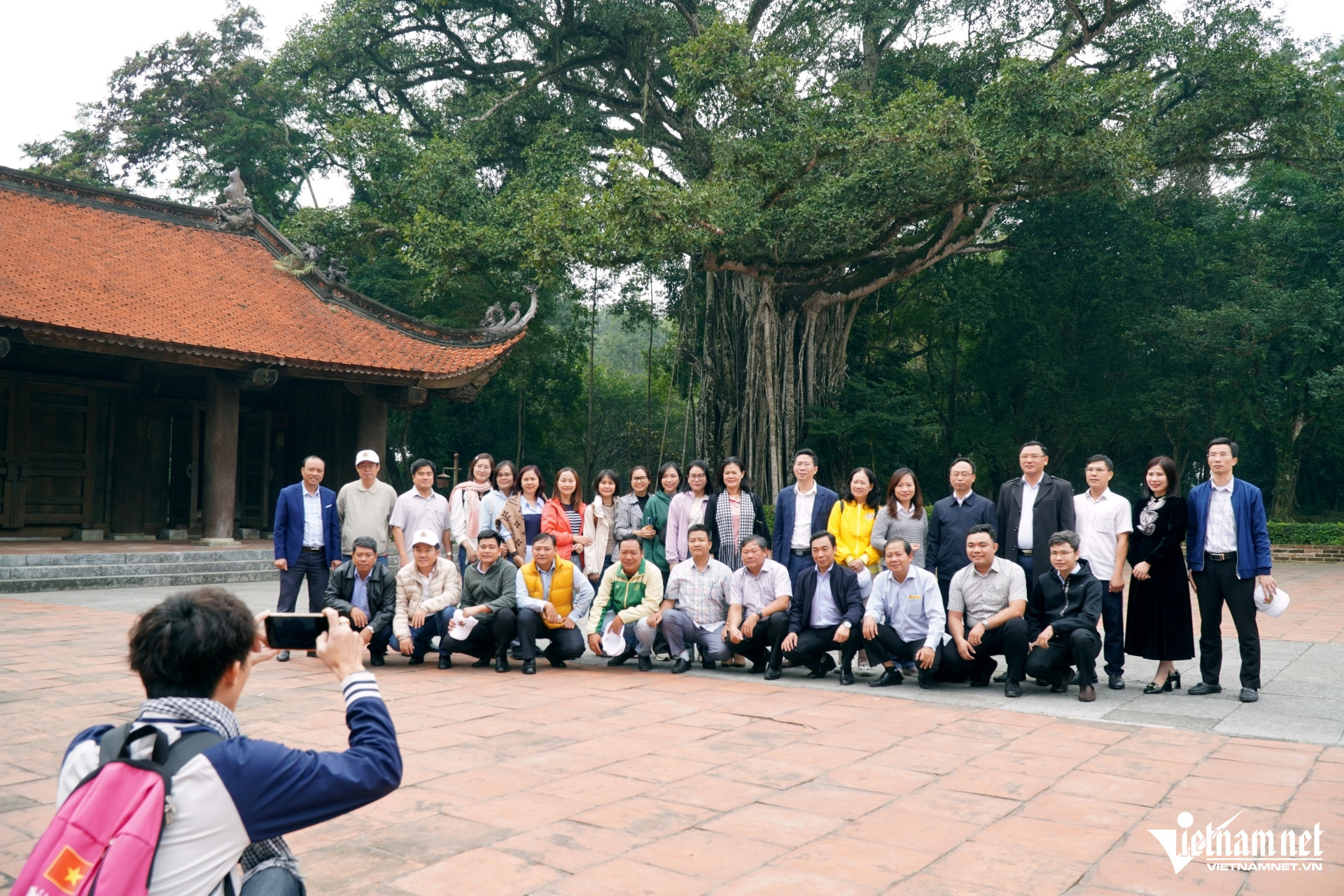Le Duong
Located in Tho Xuan District, Thanh Hoa Province, the central palace at the Lam Kinh Historical Site has been stunningly restored, featuring lavish gold-plated interiors that attract thousands of visitors annually for sightseeing and spiritual reflection.
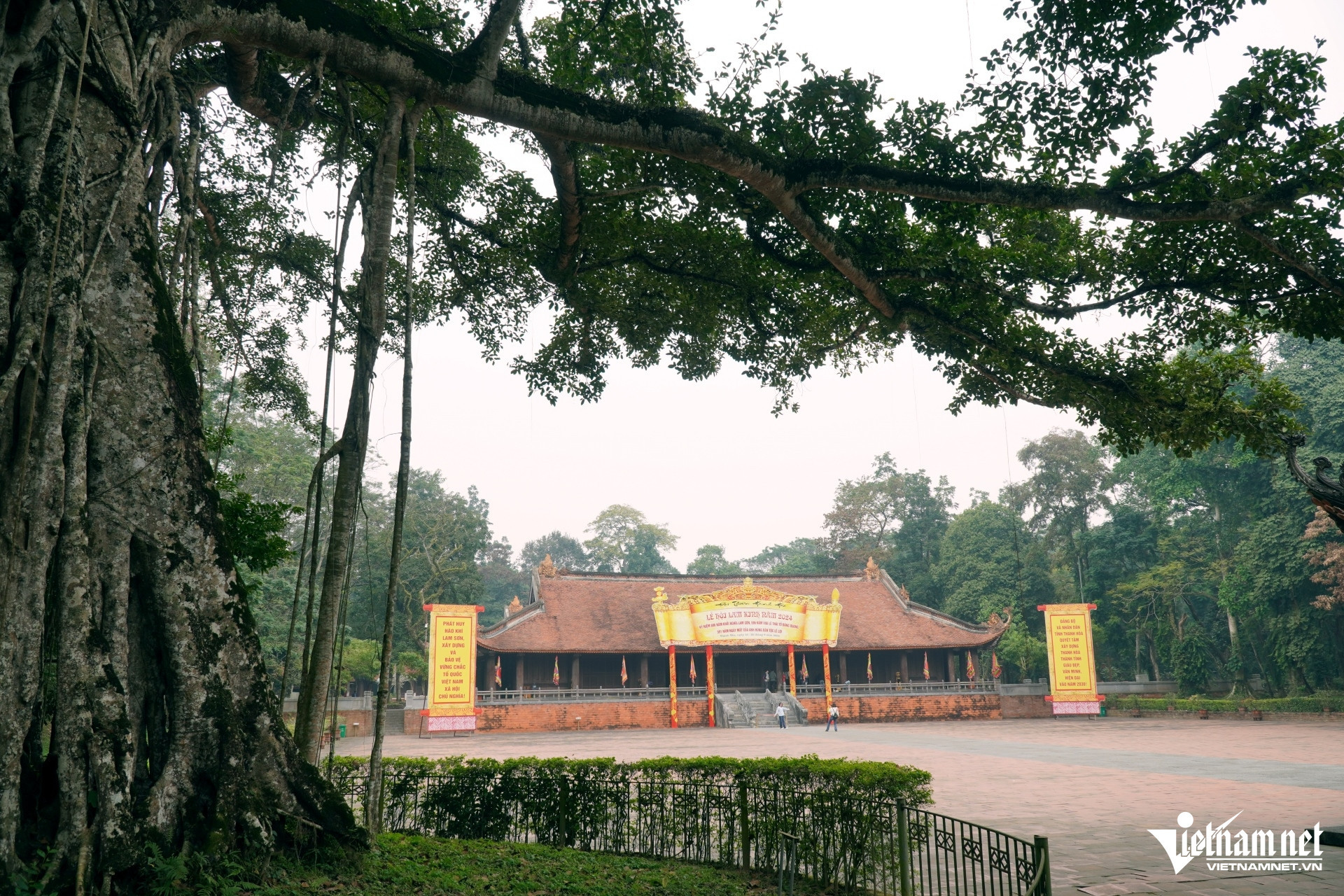
According to historical records, Lam Kinh was originally known as Lam Son, the homeland of national hero Le Loi, who led the resistance against the Ming invaders from 1418 to 1427. In 1428, Le Loi ascended the throne as Emperor Le Thai To, founded the Later Le Dynasty, and established the capital in Thang Long. He named the country Dai Viet and adopted the era title Thuan Thien.
In 1430, Le Thai To renamed Lam Son to Lam Kinh, which subsequently became a royal resting place during ancestral rituals. The site also served as the residence for mandarins and soldiers guarding the mausoleums of Le emperors, empress dowagers, and royal officials.
Restoring royal grandeur
Over the centuries, Lam Kinh’s Le Dynasty architecture deteriorated, leaving mostly foundations and tombs. In 2010, Thanh Hoa Province launched a restoration project to reconstruct the central hall in its original scale and form.
The reconstructed hall follows the traditional Cong-shaped layout, comprising three sections: Quang Duc (Front Hall) symbolizing Le Thai To’s wisdom and virtue; Sung Hieu (Middle Hall) honoring filial piety; and Dien Khanh (Rear Hall) representing prosperity and peace for the dynasty.
After 12 years of restoration, the central hall officially opened to visitors in April 2022.
Today, the Lam Kinh complex comprises 21 structures, including the central hall, imperial tombs, stele houses, ancestral temples, ceremonial gates, Dragon Yard, Dragon Staircase, Bach Bridge, Le Lai Temple, and scenic features such as Nhu Ang Lake, ancient wells, and the Ngoc River. The preservation effort has cost hundreds of billions of VND.
Notably, the interior of the main hall showcases numerous restored and gold-gilded objects, valued at tens of billions of VND (hundreds of thousands of USD), offering a majestic view into imperial history.
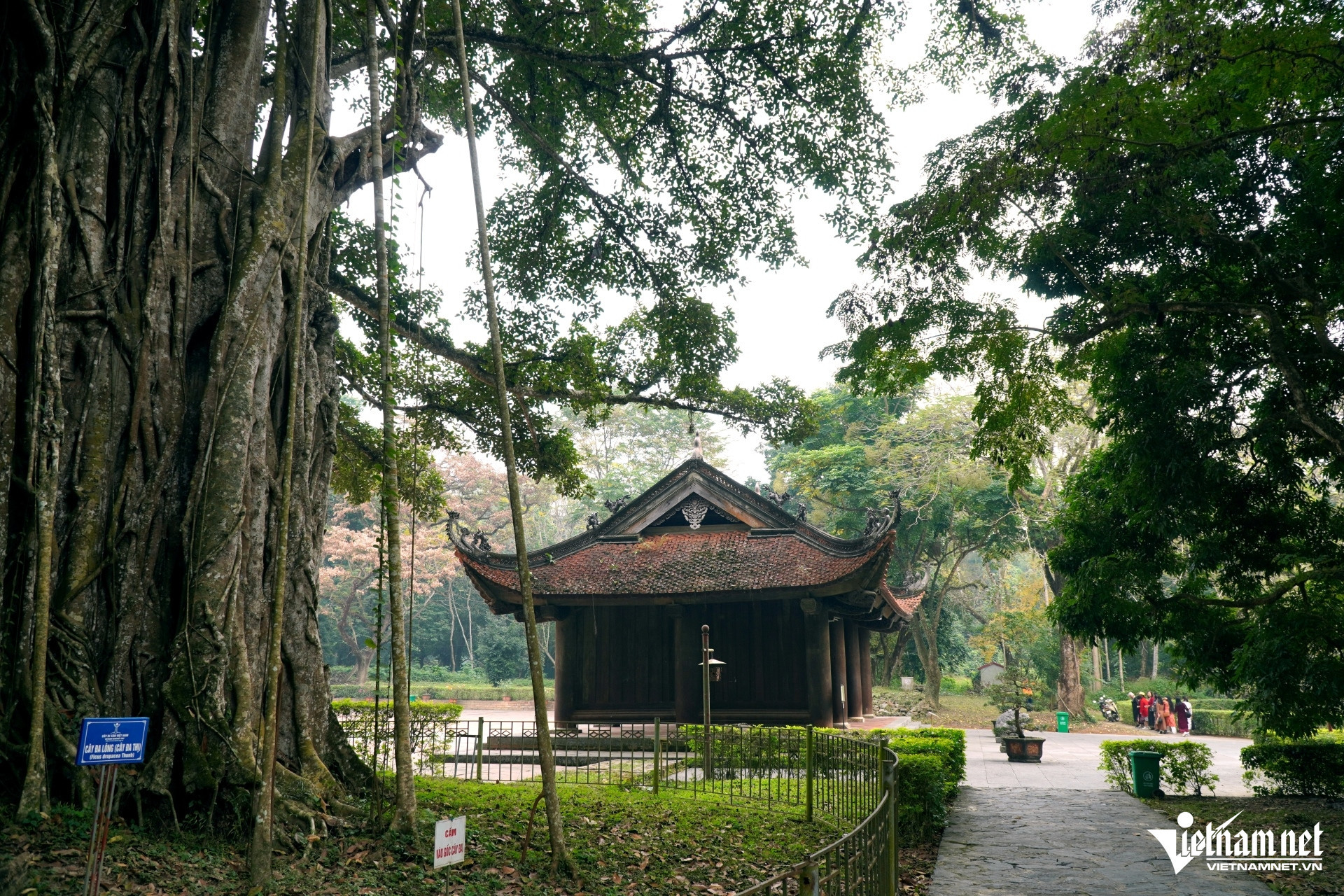
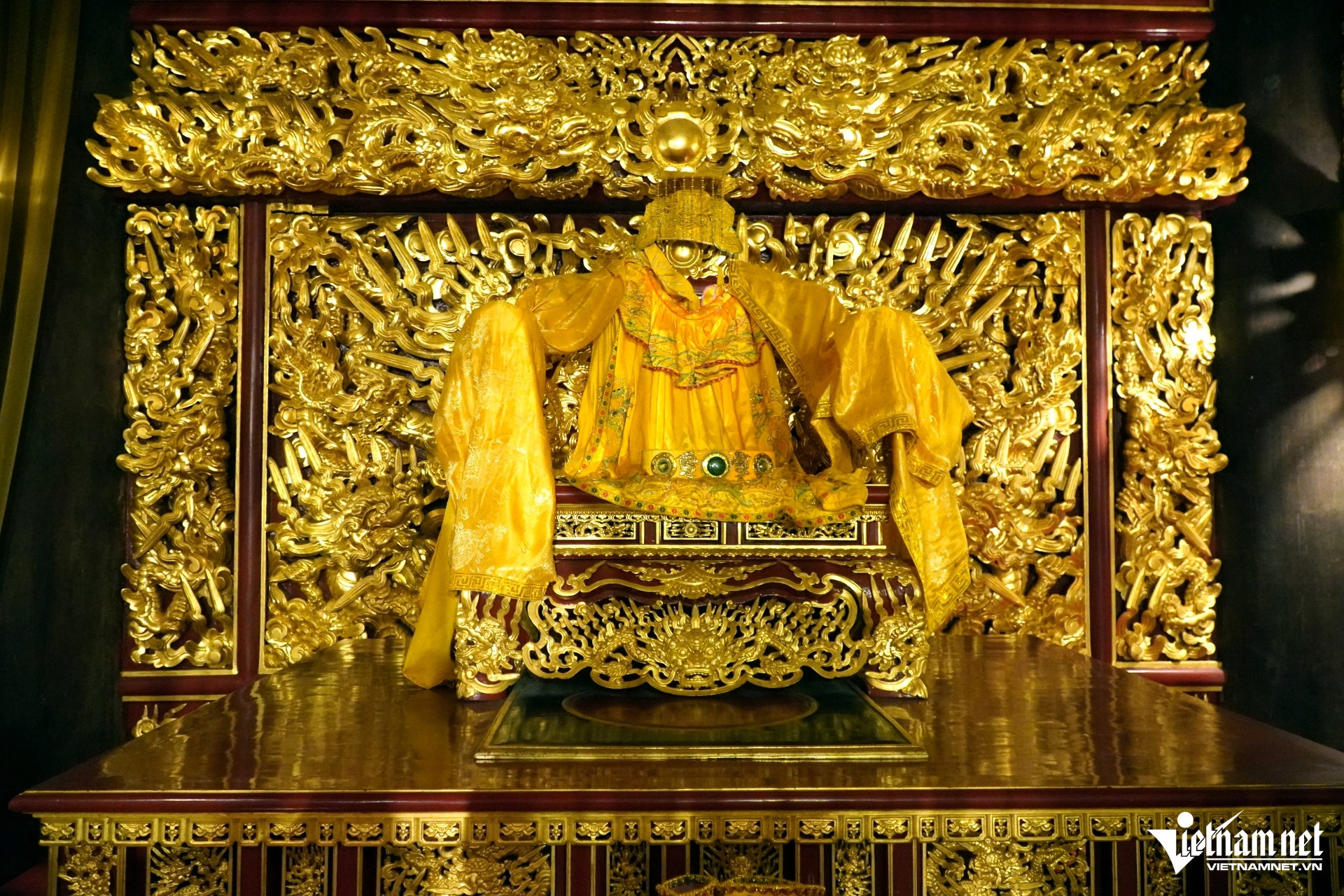
The royal throne fully covered in gold.
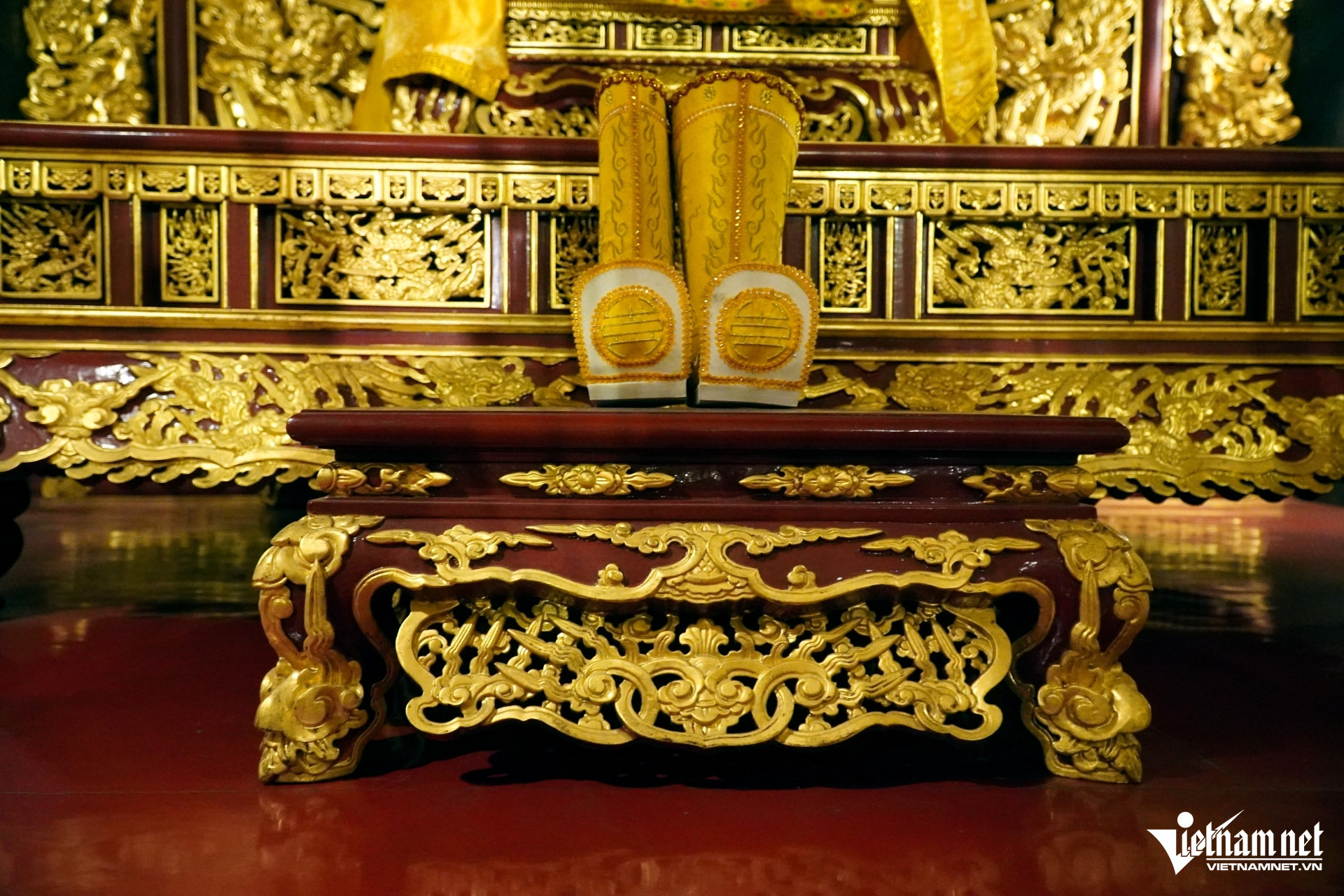
The emperor’s ceremonial slippers.
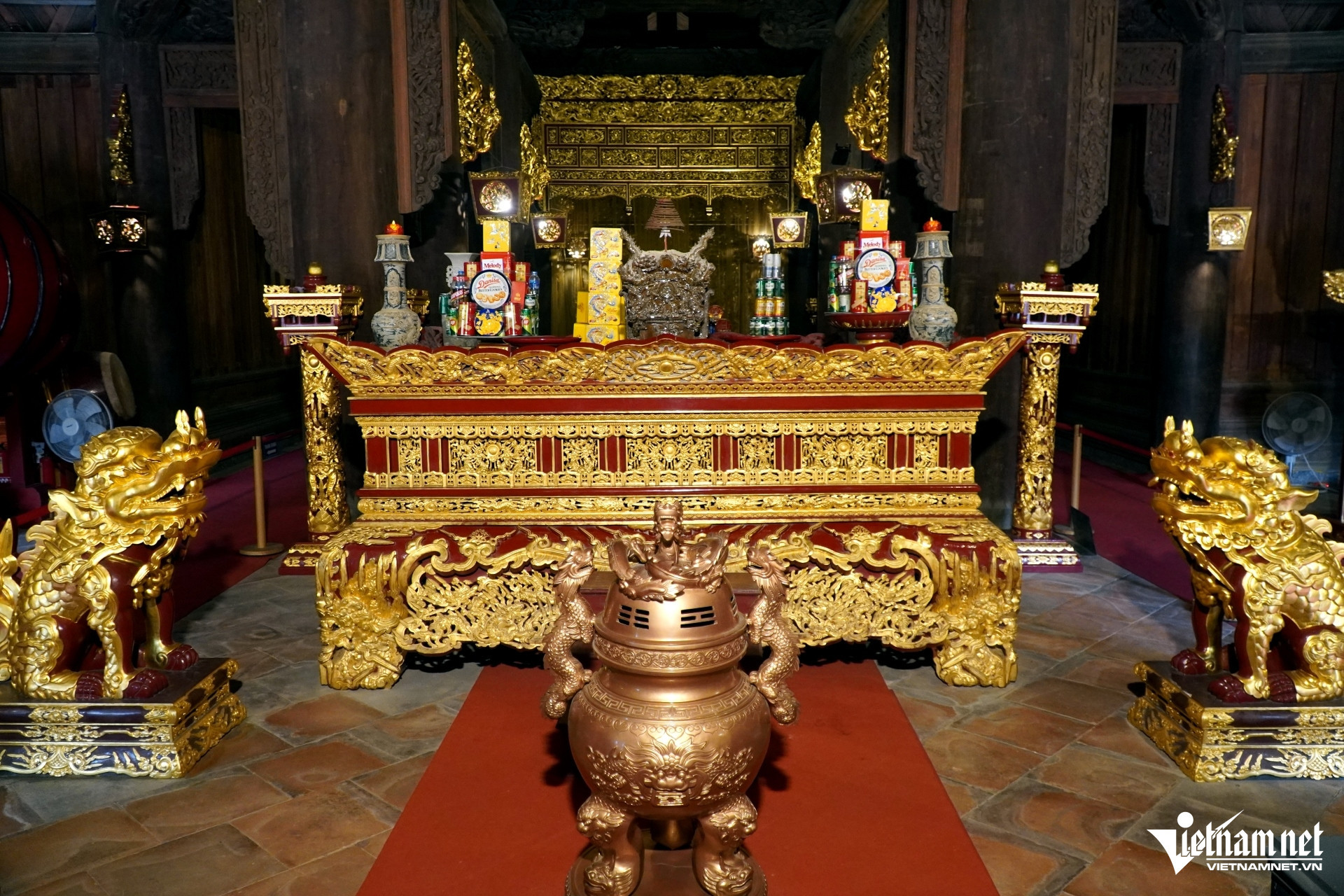
Gold-plated altars within the main hall.
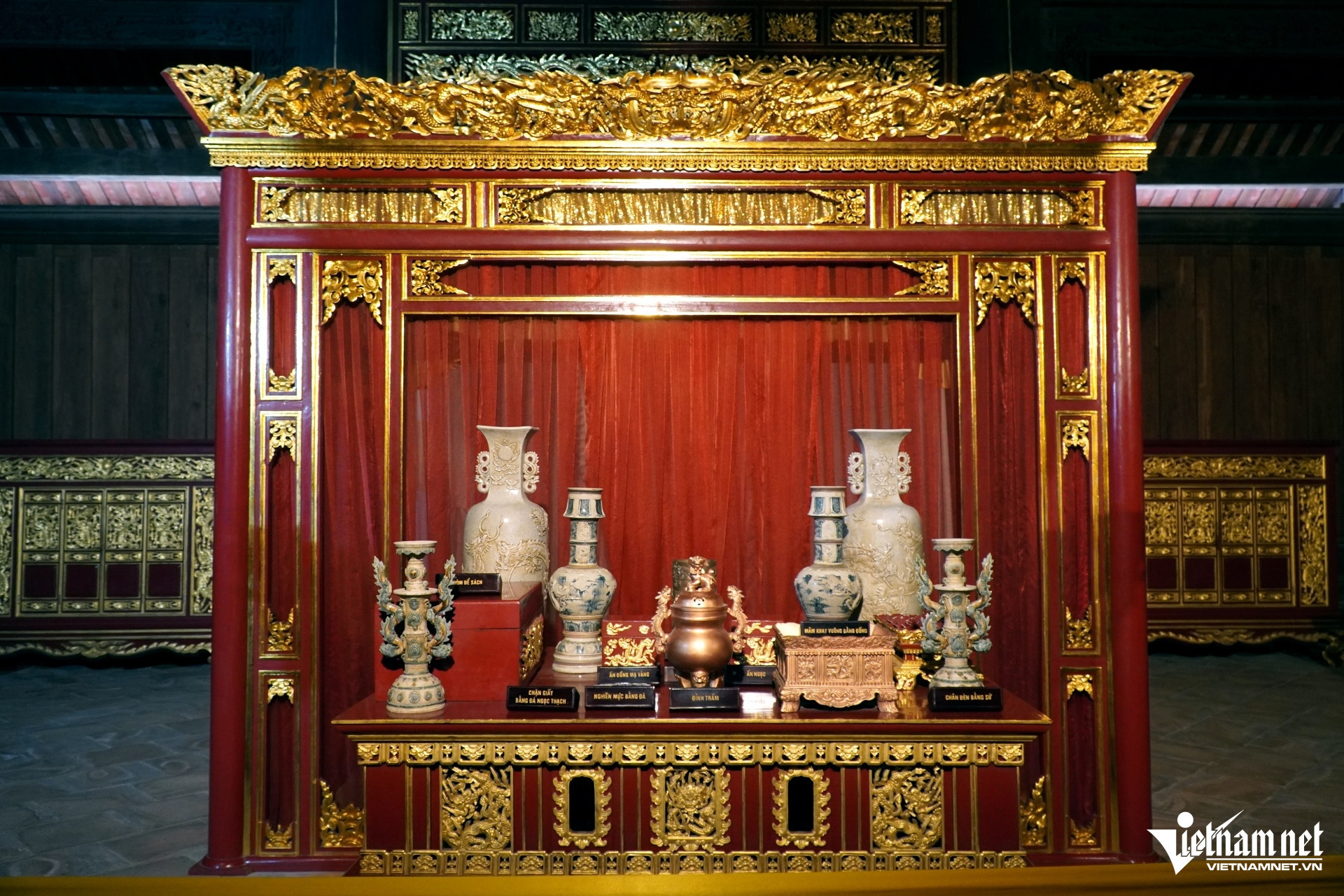
Other ritual items in the main hall are also gilded.
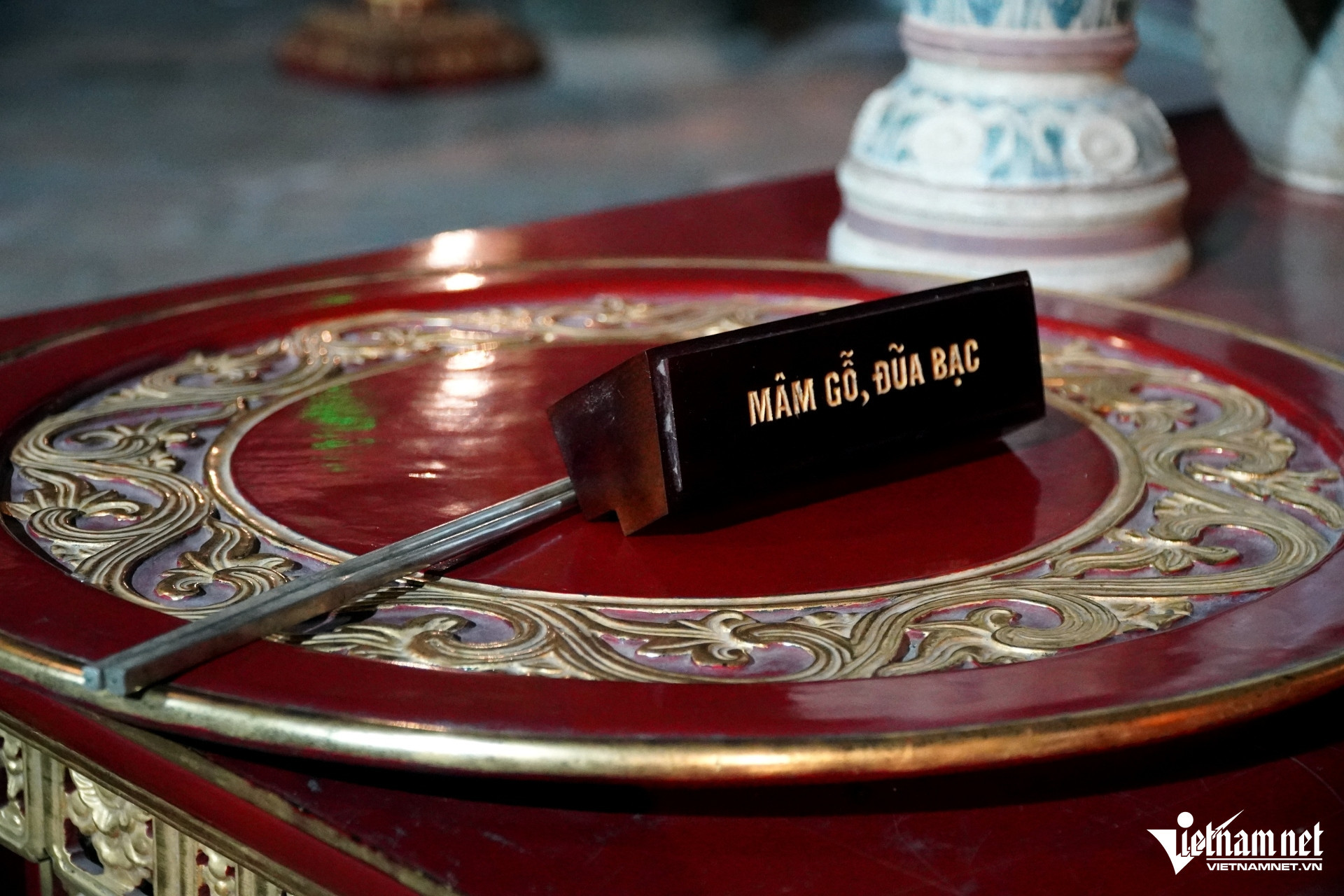
Wooden tray and silver chopsticks used by the emperor.
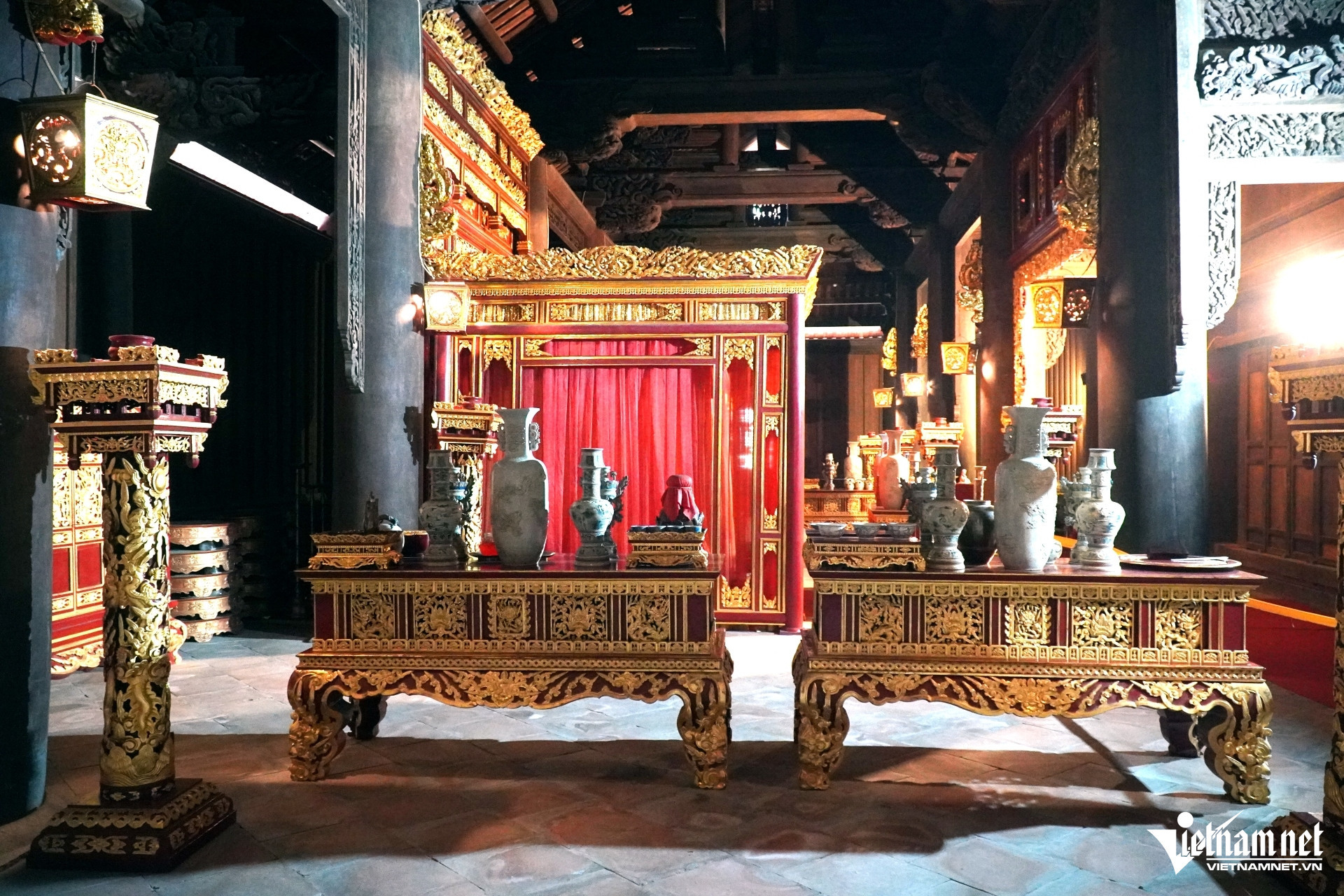
Elaborate gold-leaf work was used in the restoration of artifacts.
